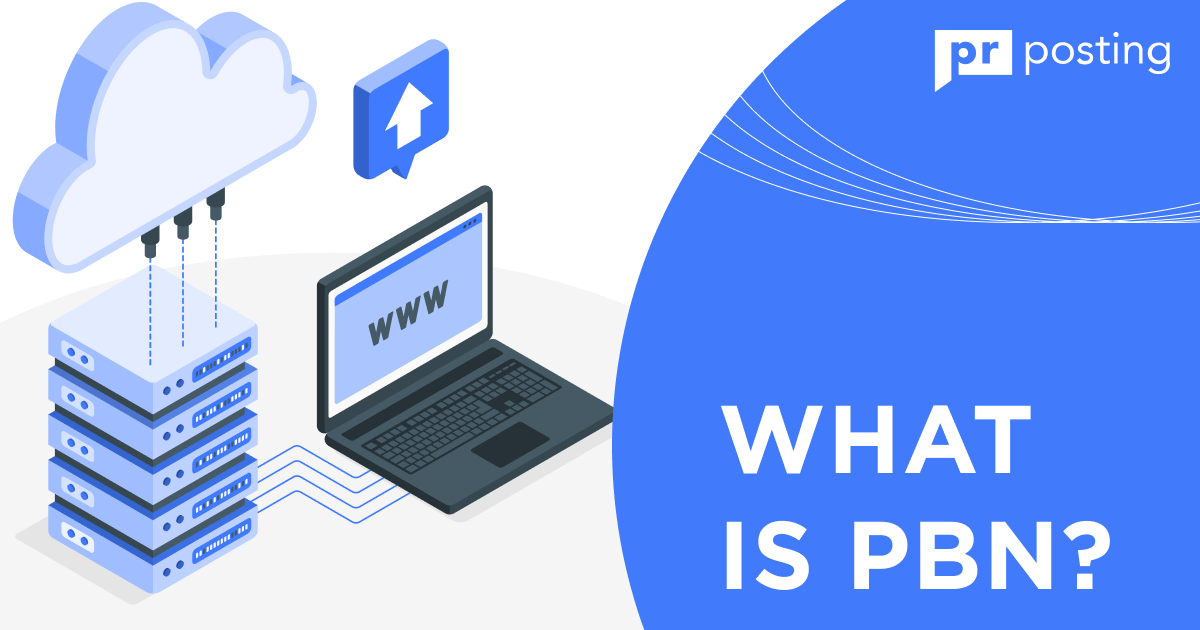
Continuous improvement attracts more customers, and we will help you boost engagement by examining key metrics. Implementing these conversion data strategies can help you build a customer base and improve the overall quality of the site, which will increase user engagement. Make continuous improvement a priority to keep your business competitive and efficient.
What Makes Tracking Information and Statistics Valuable?
Conversion data refers to information about what users do when on the site. For example, if you have a newsletter feature, our data will let us know who signed up. So we can surely say that this information is very important for the business. It’s remarkable what could be done with such info; so many places could be improved upon just by knowing the data about the users on your site.
Also, analyzing data can help us identify common patterns or trends regarding the business. Let’s say you have a product that works well with the users, and you can combine the positive aspects and pair them up with other products or services you are trying to sell. We can sum it up as tracking conversion data speeds up business growth and boosts customer satisfaction, which is the most important part! All this creates a more engaging and effective online experience.
Key Metrics for Conversion Data Analysis
Conversion Rate
Conversion rate is the percentage of visitors who perform a desired action on your website. To find your conversion rate, simply divide the number of conversions by the number of visitors and then multiply by 100. This will show you how good your site is at making sales by the visitors.
Bounce Rate
Bounce rate is the percentage of visitors who leave your site after viewing just one page. If there are high numbers here, there is something wrong that will lead people out of the site. It could be that there needs to be more relevant info, or the quality of the page isn’t up to the task. To improve, you can improve page load speed, enhance navigation, and ensure your content is on par with what is expected from the page.
Average Order Value
Average Order Value (AOV) measures the average amount spent per transaction. Understanding AOV helps you identify spending patterns. This helps you in various ways, but most importantly, it lets you know what works best for your customers.
Customer Lifetime Value
Customer Lifetime Value (CLV) is an estimate of the overall revenue a client generates while doing business with you. If your goal is to maintain customers long-term, you should find ways to keep them. CLV could be improved by offering loyalty programs again or by analyzing the patterns and offering personalized offers.
Tools for Optimization Analysis
Analytics
Analytics will help you monitor key metrics such as conversion rate, bounce rate, and average order value. By making sure to obtain detailed reports, you can see how your customers spend time on the site during the visit. For example, if a particular landing page has a low conversion rate, you can identify the problem areas and make improvements if necessary.
Heatmaps
These visually represent where users click, scroll, and hover on your website. This piece of data goes even further by letting you know how customers interact with different page elements. Using heatmaps, you can identify which areas of a page attract the most attention and which are ignored. This insight allows you to make design changes that increase user engagement on your site.
A/B testing
A/B testing involves comparing two web page versions to see which performs better. You can test different headlines, images, or call-to-action buttons to determine what resonates most with your audience. This process helps you make data-driven decisions and optimize your site for higher conversions.
Customer Feedback
Customer feedback is invaluable for understanding your audience’s needs and preferences. An online survey is the right way to collect and analyze user feedback. Feedback could be the most direct way to ask customers how they feel. This continuous feedback loop ensures that your website evolves in line with customer expectations, driving ongoing improvement.
Consistency and Continuous Improvement
Continuous improvement is about consistently refining processes to enhance performance. Start by setting clear goals and identifying key metrics. Use tools like Google Analytics to track progress. Regularly review the data to spot trends and issues. Implement changes based on these insights, then monitor the results. Involve your team by encouraging feedback and suggestions. Make sure that the cycle of testing, monitoring, and improving the features can lead to continuous growth.
This ensures your strategies evolve with changing conditions and customer needs. By staying proactive and data-driven, you will continuously increase user engagement on your site. Remember, ongoing analysis and refinement are key to sustained success.
The Takeaway
Analyzing conversion data includes understanding metrics like conversion rate, bounce rate, average order value, and customer lifetime value. These metrics help identify what drives customer actions and where improvements are needed. Using tools such as Google Analytics, heatmaps, A/B testing, and customer feedback systems is very important to understand your customers and make informed decisions. Regularly review these metrics, implement changes, and refine strategies based on feedback. This proactive approach will boost performance, increase conversions, and support long-term growth. Consistent analysis and iteration are important for maintaining a competitive edge and increasing user engagement on your site.








